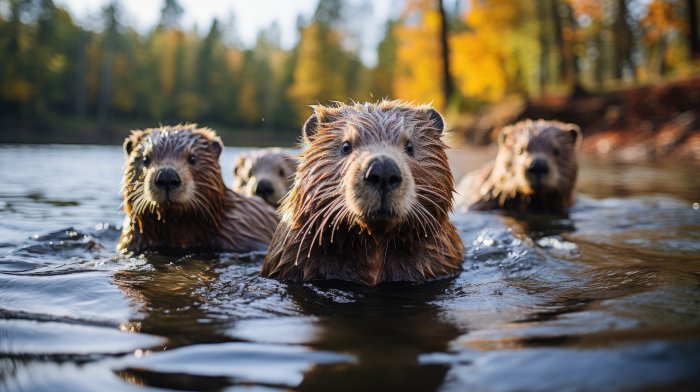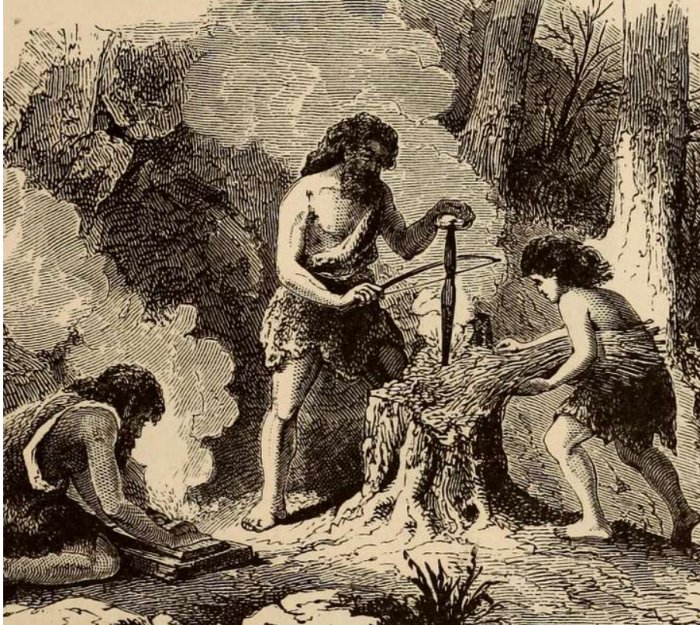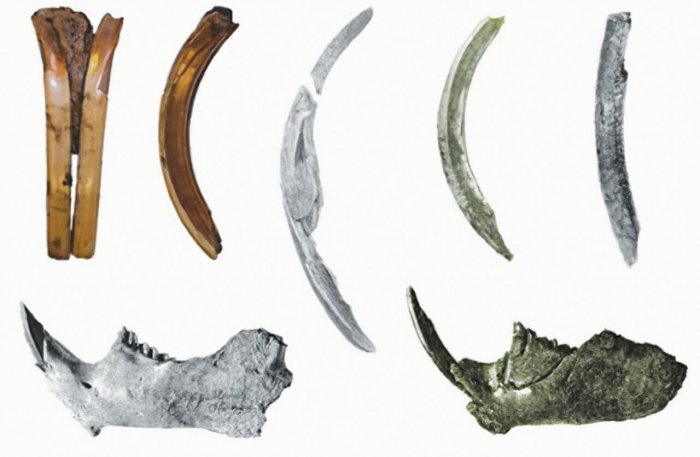Jan Bartek – AncientPages.com – For thousands of years, beavers had a big influence on the Dutch ecosystem and the people that lived there.
This is the conclusion of research by archaeologist Nathalie Brusgaard. The rodents were used for food, clothing and tools, and created a landscape hospitable to many other species.

Credit: Adobe Stock – blueringmedia
Beavers may seem like a recent arrival to the Netherlands, with their growing presence in recent years. The species became extinct there in the 19th century and was reintroduced in 1988. But before that beavers were widespread for thousands of years. “It really is a native species,” says Brusgaard. “In our research we wanted to look at how people dealt with the beaver’s presence in the past. There was no good picture of that until now.”
Together with fellow archaeologist Shumon Hussain (Aarhus University), Brusgaard analyzed previous excavations in the Netherlands, southern Scandinavia, the Baltic region and Russia. These showed that beavers were a much larger part of the human diet and landscape of northern Europe than had previously been thought.
Hunter-gatherers hunted beavers in the Middle and Late Stone Age for their meat, fur and castoreum, and used their bones and teeth to make tools. Beavers were one of the most common mammals at some archaeological sites in the Netherlands according to research recently published in The Holocene.

Savage of the Stone Age – Bryant, William Cullen, 1794-1878 Gay, Sydney Howard, 1814-1888 – Public Domain
According to Brusgaard, the beavers created a diverse ecosystem. They change the water level in their habitat so the entrance to their lodge is flooded but they can sleep in the dry. To achieve this, they need the water at a certain level, which they control by building dams.
Other organisms, such as fish, waterfowl and certain plants, benefit from the resulting landscape. “Beavers create a lot of dynamism in a forest, which is good for biodiversity.
At archaeological sites where there were many beaver traces, there were also many traces of otters, wild boar, pike, perch and carp. These species thrive in the ecosystem that beavers create.”
Beaver landscapes
The research suggests that people liked to live in these “beaver landscapes” because of the presence of food and resources. “We suspect that hunter-gatherers benefited from the rich biodiversity that beavers created.”
It is clear from traces on bone remains that people ate beavers. Research on beaver skulls shows that hunters killed them with a blow to the head, presumably to avoid damaging the fur to ensure it could still be used. Beaver jaws and teeth were used to make woodworking tools.

Tools made from beaver bones and teeth. Credit: Leiden University
Brusgaard hopes her research will add to the discussion on the presence of beavers in the Netherlands.
“Beavers are back, flourishing and growing in population. Ecologists and wildlife managers welcome the animal because it is good for biodiversity. But its presence also causes some inconvenience, for example for farmers. You won’t be happy if beavers flood your field.”
Brusgaard’s research shows that humans benefitted from beavers for thousands of years. “We can learn lessons from the past. And we all benefit from a healthy ecosystem. We have to learn once again to live with beavers.”
The study was published in the journal The Holocene
Written by Jan Bartek – AncientPages.com Staff Writer





